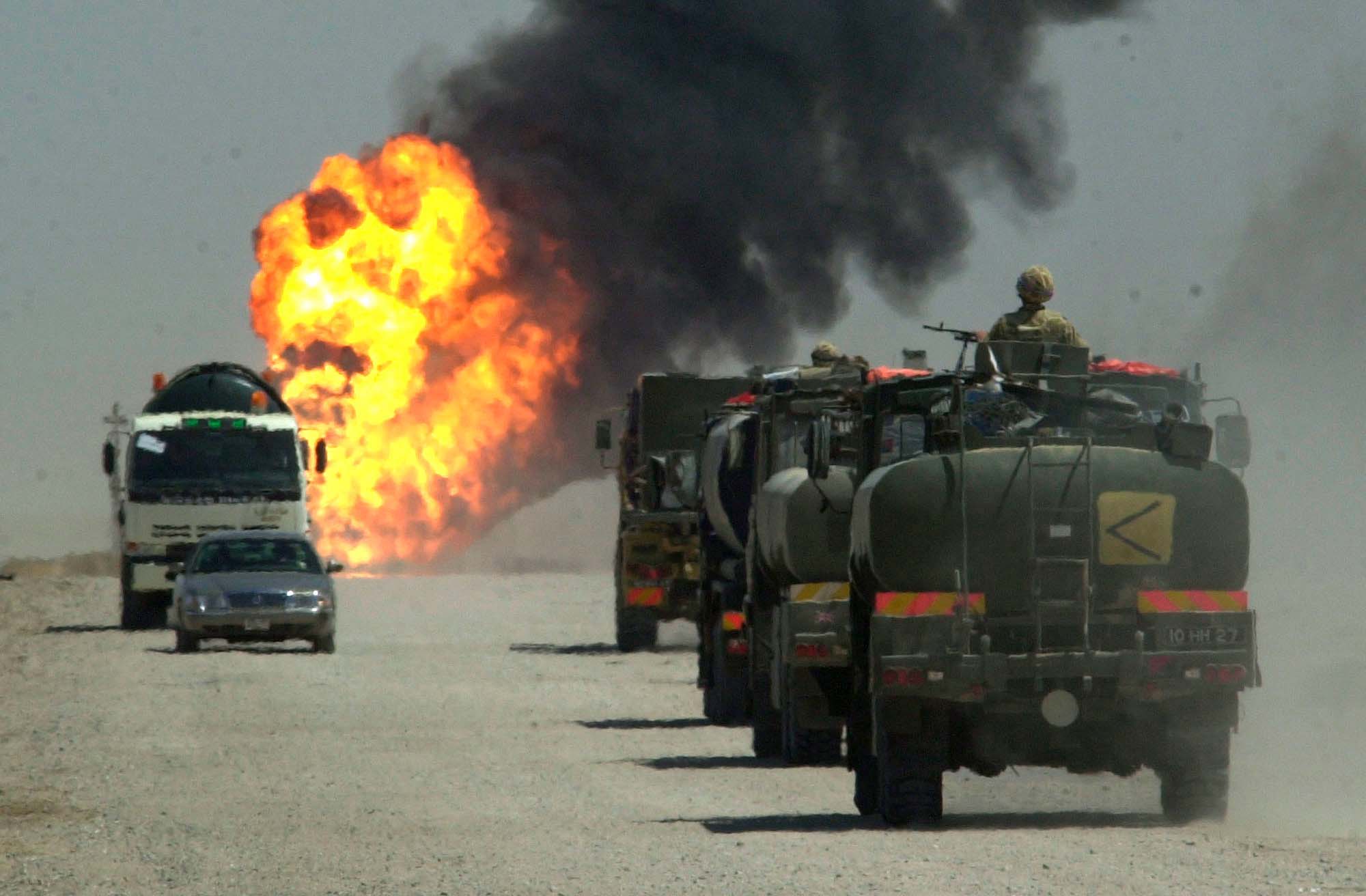
Iraq, Afghanistan, Libya, as well as Serbia, Pakistan, Yemen, Somalia. Of the approximately 400 military interventions undertaken by the United States since 1776, half took place between 1950 and 2019, and more than 25 percent of those took place in the post-Cold War era, according to Inside Over.
This is according to a study conducted by Sidita Kushi, professor of political science at Bridgewater State University and former research director of the Military Intervention Project (MIP) at the Center for Strategic Studies, and Monica Duffy Toft, professor of international politics and director of the Center for Strategic Studies at the Fletcher School at Tufts University – and published in the prestigious Journal of Conflict Resolution.
- The goal of protecting US citizens, diplomats, embassies, and property abroad during the crisis was the most common goal of US intervention
- Social protection and economic goals follow immediately.
- Establishing a democratic regime abroad was one of the three main goals of American military intervention
- Support for third-party intervention in domestic crises around the world
A study on the rise of American interventionism since the end of the Cold War was presented on September 6, 2022 at a webinar sponsored by the think tank Quincy Institute for Responsible Statecraft, moderated by political scientist Trita Parsi.
The boom in American military interventions after the end of the Cold War
Why did the frequency of American military interventions increase after the “defeat” of the Soviet Union, and was American security at its peak during the “moment of unipolarity?”
First of all, it should be clarified what is meant by “military intervention”. In this sense, it means “the movement of troops or regular forces (air, sea, bombing, etc.) of one country within another country in the context of a political problem or dispute.”

The moment when the last US troops leave Afghanistan, marking the end of America’s longest war Photo: centcom.mil
To separate major interventions from minor clashes, the definition “excludes paramilitaries, government-backed militias, and other irregular security forces.”
Thus, “instances in which the United States has used its armed forces abroad in situations of military conflict or potential conflict or for purposes other than normal peacetime” are taken into account. “Secret” and unofficial operations are not taken into account.
Military interventions for humanitarian purposes
Some scholars, Toft and Kushi note, explain these growing interventionist tendencies as part of the new norm of “conditional sovereignty”, which clearly challenges the traditional principle of non-interference in the internal affairs of other states.
In particular, they explain, “regarding the United States, one view is that the country has moved beyond Cold War deterrence to actions based on humanitarian intervention.
Indeed, military interventions in Bosnia, Kosovo, Libya, and Somalia had some humanitarian justification, but these interventions generally failed to achieve their humanitarian and democratization goals,” they note.

American convoy in Iraq, 2003 (Photo: AFP / AFP / Profimedia)
Establishing democratic regimes abroad / Objectives of US foreign policy
In the period after the Second World War, the establishment of a democratic regime abroad was one of the three main goals of American military interventions.
In addition, before World War II, the US frequently intervened in Latin America and Europe, but since the 1950s, Washington has focused its attention on the Middle East and North Africa (MENA). In the 1990s, Washington also turned its attention to sub-Saharan Africa and South Asia.
The study finds that in the post-Cold War era, “the United States intervened to pursue fewer vital national interests as geopolitical rivalries and important domestic security threats disappeared. In the post-Cold War era, the United States has used military force for several missions of democratization, respect for human rights, humanitarian intervention, and support for third-party intervention in domestic crises around the world.”
Importantly, contrary to liberal expectations, the US has intervened in countries with higher levels of democracy since 2000, according to Polity scores ranging from +10 (full democracy) to -10 (full autocracy).
Other researchers argue that U.S. military intervention “harms foreign nationals and undermines U.S. security goals.” According to Inside Over, instead of spreading democracy, “these interventions tend to turn target states into illiberal democracies at best.”
Source: Hot News RO
Robert is an experienced journalist who has been covering the automobile industry for over a decade. He has a deep understanding of the latest technologies and trends in the industry and is known for his thorough and in-depth reporting.